Sega’s Like a Dragon franchise has been a constant presence in the industry since the original game hit the PS2 in 2005. In the years since, the franchise has seen a total of nine main series entries, a handful of remakes, and a bunch of spin-offs. The Like a Dragon spin-off games vary dramatically, with some set in alternate timelines and others having direct ties to the main series and its overarching narrative. Like a Dragon: Pirate Yakuza in Hawaii falls in the latter camp, with an amnesiac Goro Majima finding himself the captain of a pirate crew in the waters surrounding Hawaii after the events of Infinite Wealth. Like a Dragon: Pirate Yakuza in Hawaii puts Majima in the starring role for the first time since Yakuza 0, and his wild, over-the-top personality is the perfect fit for a swashbuckling adventure like this.
Like a Dragon: Pirate Yakuza in Hawaii can be considered a successor to Like a Dragon Gaiden: The Man Who Erased His Name. Like that game, it abandons turn-based gameplay in favor of classic beat’em up combat, and also like that game, it looks to tell a significantly shorter story while reusing a lot of assets from the latest main series entry. Pirate Yakuza in Hawaii recycles side content and locations from Infinite Wealth, and while familiar locations and activities are expected in the franchise, it does detract somewhat from the pirating.
A little too much time in Pirate Yakuza in Hawaii is spent in Hawaii itself, which is virtually identical to the open world from Infinite Wealth. I would have preferred it if the game stayed focused on the newer, more interesting locations, like the pirate hangout Madlantis or the various smaller islands players explore on their adventure.
Pirate Yakuza in Hawaii Ship Battles Are Simple, But Fun
When players are able to fully immerse themselves in the pirating lifestyle, Pirate Yakuza in Hawaii really shines. It’s not the most complex pirate game on the market, but its simplicity is to its benefit. Once players are given full control of their ship, they are free to explore the waters in a few different zones, with treasure to find, legendary pirates to battle, and naval combat to indulge in. In the pursuit of realism, some other pirate games make maneuvering ships and fighting enemy vessels a chore, but Pirate Yakuza in Hawaii ships control effortlessly, and the battles are more fun as a result. Players are able to blast enemies that are dead-ahead with their machinegun, line up cannon shots, and use the boost to avoid incoming fire.
Over the course of the story, new options will become available on the ship. Players can upgrade their Yakuza in Hawaii ship to be faster and more durable, and they can also swap in special cannons with unique effects. Certain story characters will automatically be recruited to Majima’s crew, but players are free to recruit dozens of other NPCs they find in the game world, as long as they meet their requirements. Building up a crew is one of the more rewarding new activities in Pirate Yakuza in Hawaii, as crewmates can give players an advantage in both ship battles and the wild pirate brawls that follow them.
Players will get into plenty of naval battles while exploring the seas of Pirate Yakuza in Hawaii, but they will also find plenty of loot floating around and islands to explore. Typically, the Pirate Yakuza in Hawaii islands play out like the “dungeons” from other Yakuza series games, where players have to fight their way through corridors of enemies, smashing objects that block the path, and ultimately reaching the end where a boss fight takes place. Players are handsomely rewarded for going out of their way to visit these islands with cash and other treasures, which is essential since money is used for buying healing items, improving the ship, and upgrading Majima himself.
Majima primarily has two different fighting styles for players to choose from in Pirate Yakuza in Hawaii. There’s his usual Mad Dog style, complete with the shadow clone ability that has made him so challenging to fight against in past games, and the Sea Dog style, which equips Majima with swords and other unique weaponry as the game goes on. Majima eventually gets his hands on a pistol and even a grappling hook, which ensure Pirate Yakuza in Hawaii‘s combat stands out at least a little bit compared to its predecessors. But at its core, it’s the same beat ’em up style of gameplay that the franchise has used so successfully for decades.
Pirate Yakuza in Hawaii’s Story is Entertaining, But Shy of Expectations
Combat is a ton of fun and will greatly appeal to longtime Yakuza fans, though some may be a little let down by the story. Pirate Yakuza in Hawaii‘s story has plenty of exciting moments and there are a few times when it hits the emotional highs one expects from the franchise, particularly when it comes to the dynamic between Majima and his youngest crewmate Noah, but by the time the credits rolled, it all felt largely inconsequential. Like a Dragon Gaiden: The Man Who Erased His Name set a high bar for Like a Dragon spin-off stories, and Pirate Yakuza in Hawaii doesn’t reach the same heights. The new characters fail to leave much of an impression and the villains aren’t built up well enough to get truly emotionally invested in their downfall.
It took me about 10 hours to beat Like a Dragon: Pirate Yakuza in Hawaii‘s 5 chapter main story, but that was with doing some optional side content along the way. I estimate that it will take around 20-25 hours to unlock all the achievements/trophies.
Part of this is likely because of Pirate Yakuza in Hawaii‘s short runtime. Pirate Yakuza in Hawaii is a brief adventure, with the main story easily completed in 8-10 hours. A decent chunk of that time is spent on tutorials and introducing players to the various side activities that the game has to offer, which creates pacing issues for the main story and unfortunately holds it back from gaining the momentum it needs to match the other main games in the Yakuza series.
Its story may not have as much of an impact as franchise fans are used to, but Like a Dragon: Pirate Yakuza in Hawaii is still an entertaining pirate adventure. I would love to see Sega and Ryu Ga Gotoku Studio explore the concept in a larger-scale game because Pirate Yakuza in Hawaii shows that there is a ton of potential for a Like a Dragon game that fully embraces the pirating life.
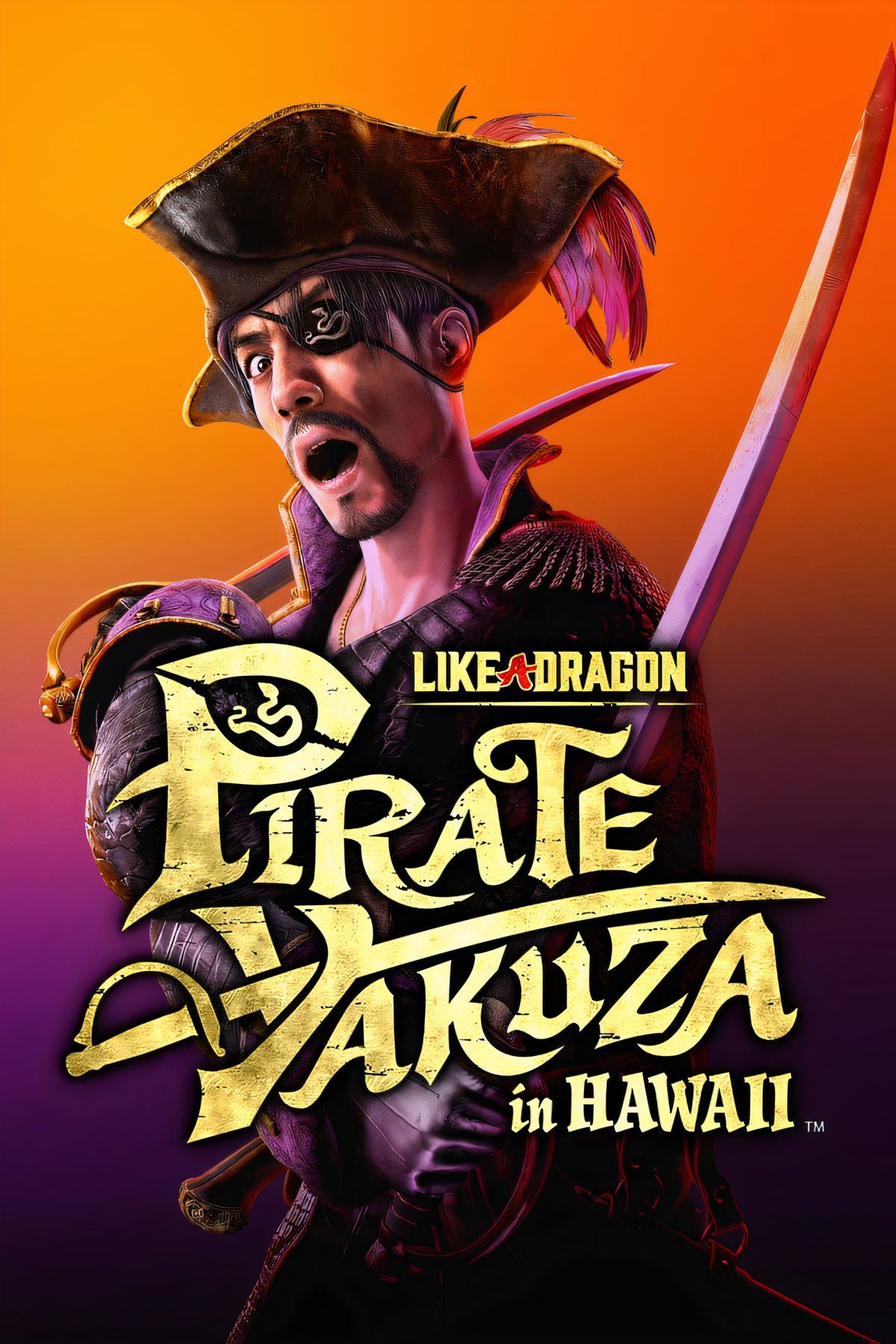
- Released
-
February 21, 2025
- ESRB
-
Mature 17+ // Blood, Intense Violence, Partial Nudity, Sexual Themes, Strong Language, Use of Alcohol
- Combines classic Yakuza beat ’em up gameplay with pirating to great effect
- Ships are easy to control and naval combat is fun
- Building up your own crew of pirates is a rewarding experience
- Recycled activities and locations from Infinite Wealth
- Story isn’t as engaging as other Like a Dragon games
Like a Dragon: Pirate Yakuza in Hawaii launches February 21 for PC, PS4, PS5, Xbox One, and Xbox Series X. Game Rant was provided with a PS5 code for this review.
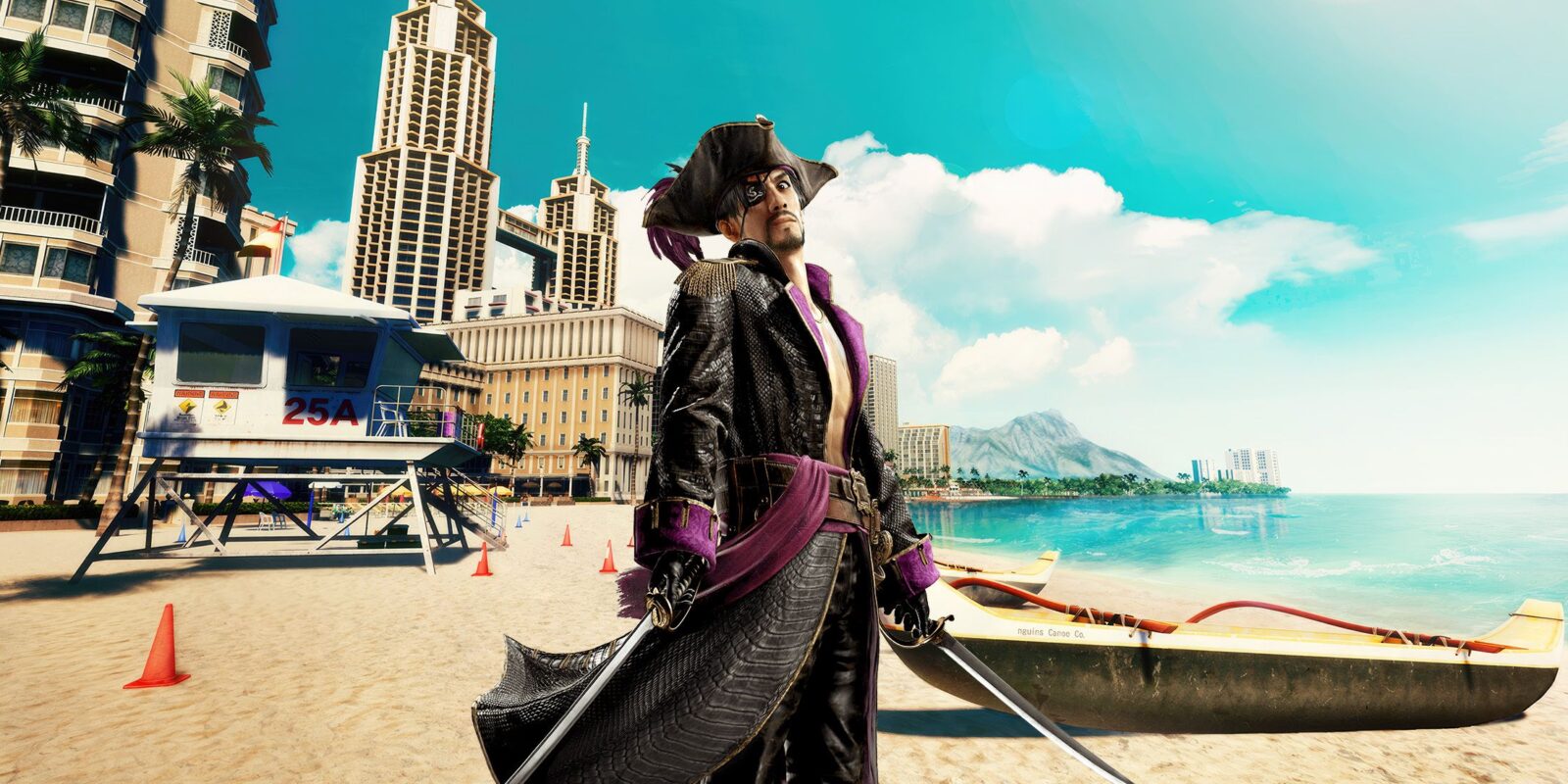
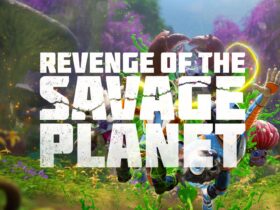



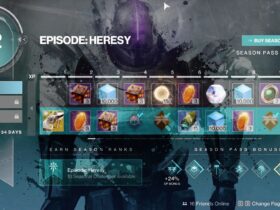
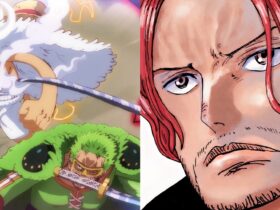
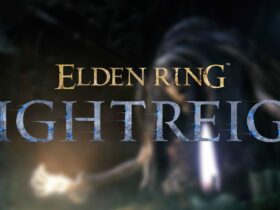
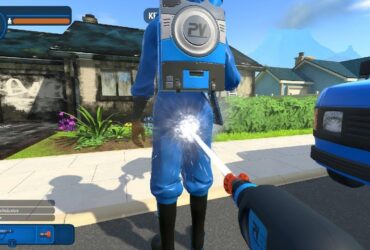
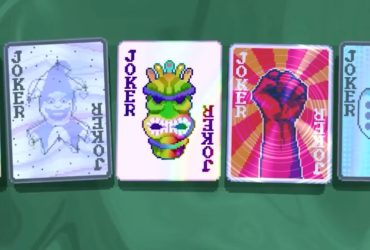
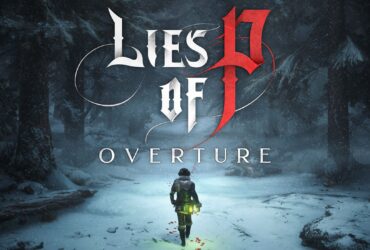
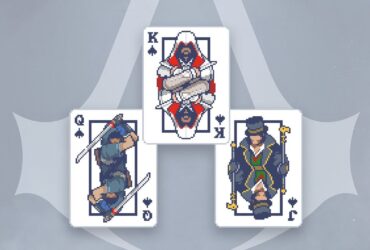
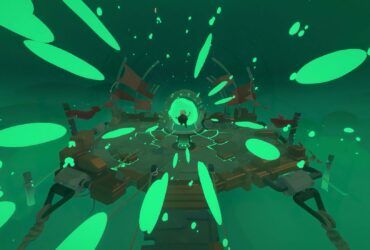
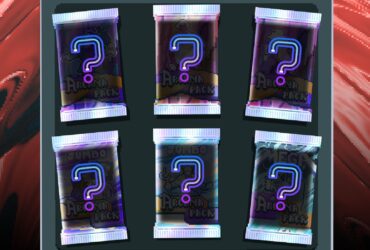
Leave a Reply